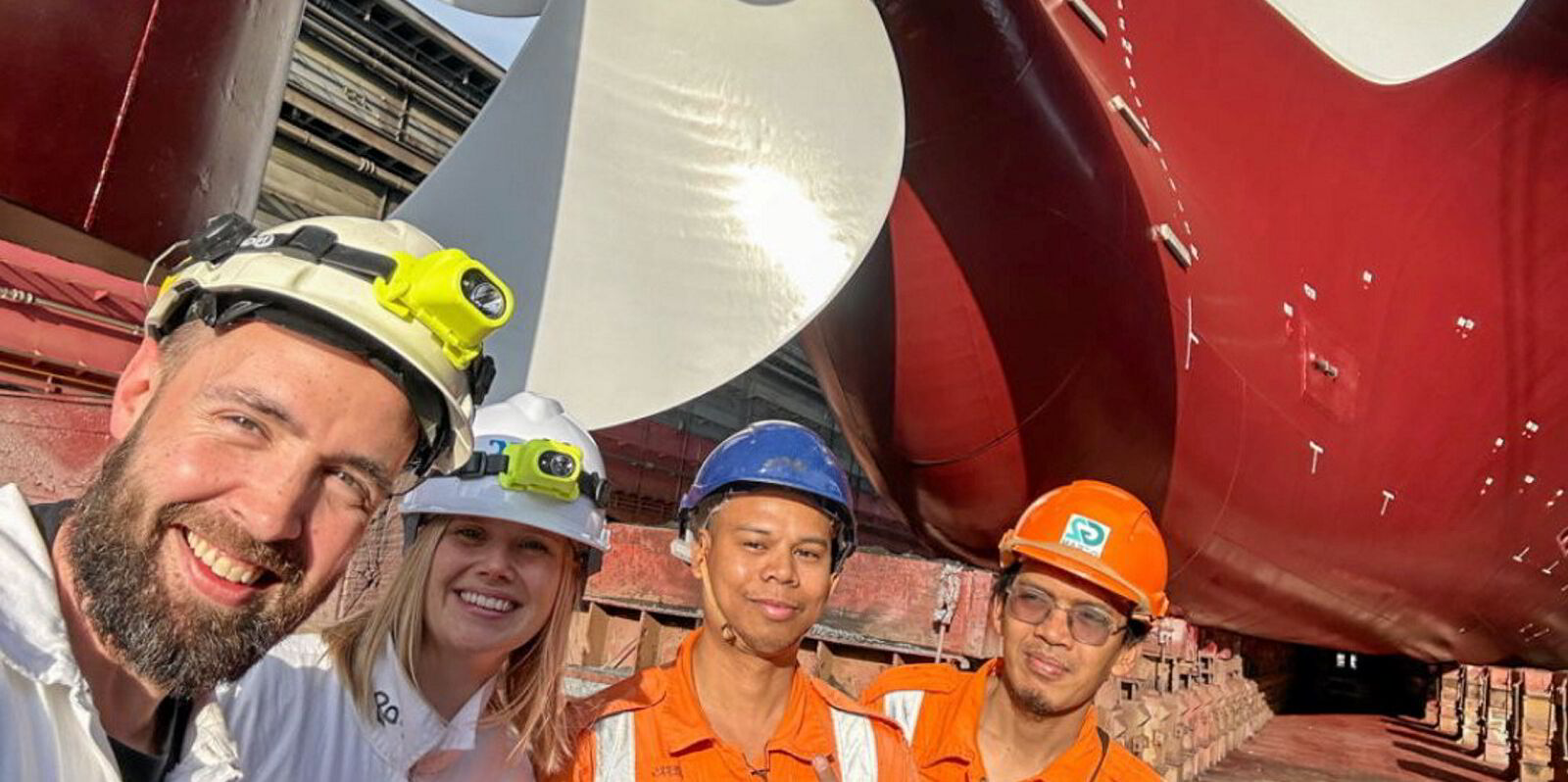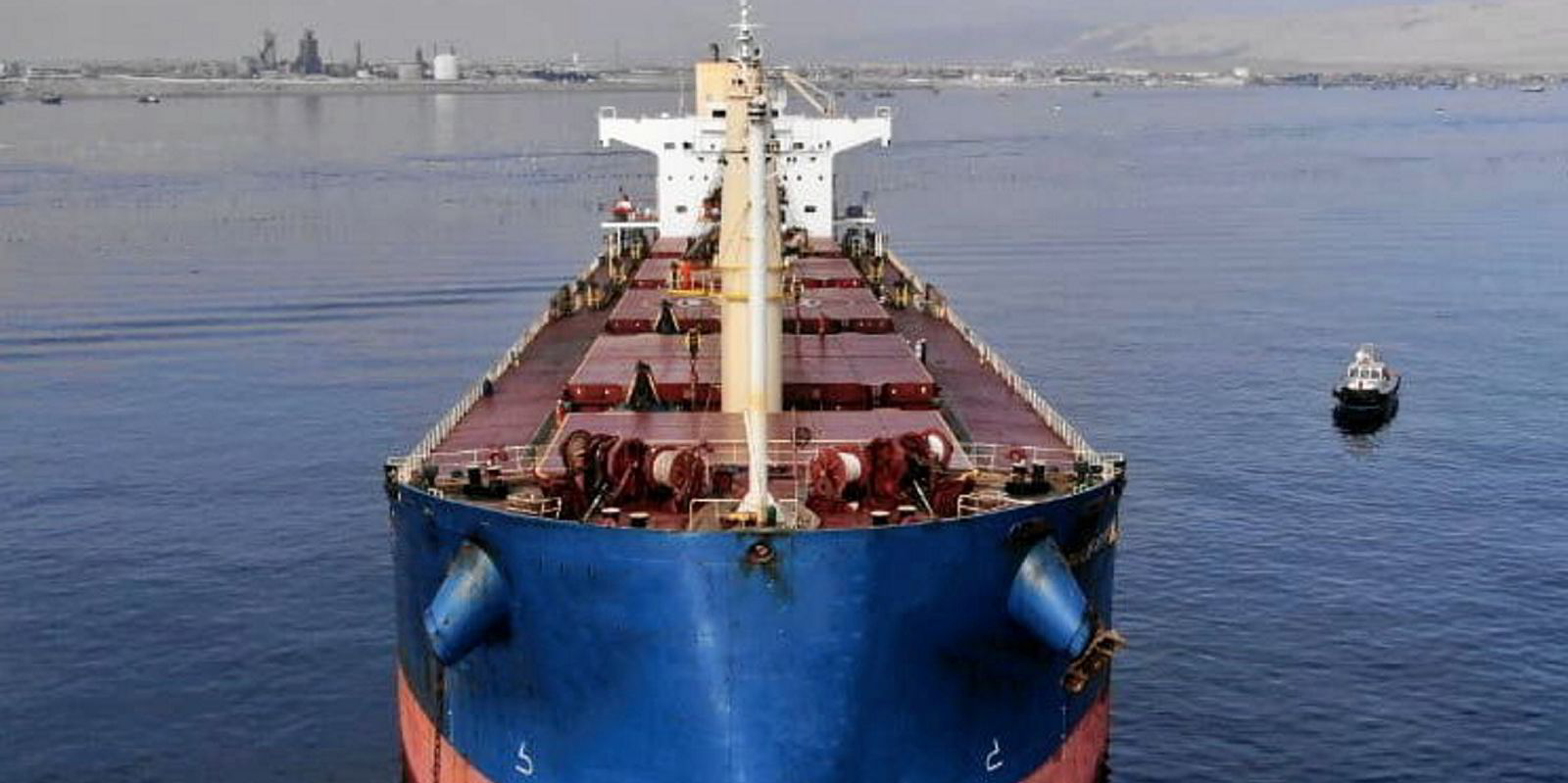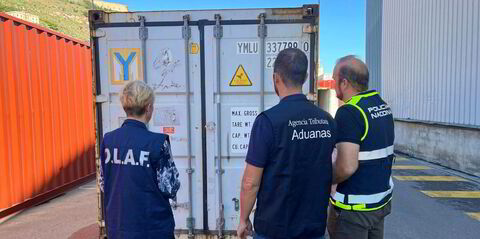Norway’s Grieg Maritime Group has trialled a graphene-based coating on the hull and propeller of one of its open-hatch bulkers.
The company called graphene “the world’s strongest material” and “a potentially revolutionary product”.
The test was carried out in May on the 51,000-dwt Star Lysefjord (built 2014).
Grieg said biological fouling on hulls increases resistance and slows down ships by between 3% and 5% during the five years between drydockings.
This leads to increased energy consumption and CO2 emissions as owners try to maintain speed.
Hull coatings usually rely on biocides, but Grieg added there is growing concern about the effect of these on the ocean, with many types already banned.
The owner said the Star Lysefjord emerged from dry dock last week after installing three energy-saving measures.
The graphene coating, from GIT Coatings, is free of biocides and silicone oils.
“It does not release anything into the ocean, making it a more environmentally friendly choice. Moreover, it creates an ultra-low friction surface, preventing the attachment of biofouling and reducing energy consumption from day one,” Grieg added.
GIT tests show vessels have up to 15% less drag than those using traditional coatings.
Thinnest but strongest
Microscopically, graphene is the strongest material ever measured.
It has exceptionally high tensile strength, electrical conductivity and transparency, and is the thinnest two-dimensional material in the world.
Normal coatings have to be reapplied every five years, but Grieg hopes the graphene will last a decade.
The bulker also had propeller boss cap fins fitted, as well as ultrasonic hull protection.
The fins almost eliminate the vortex that often develops at the tip of the propeller’s boss cap, meaning more efficiency and less energy consumption.
Ultrasonic hull protection also guards against fouling.
It has been tried and tested on niche areas such as coolers and sea chests, as well as propellers, Grieg explained.
Test patch
“This time, we expanded on this and installed a test patch with ultrasonic protection on the hull plating. Placing the transducer units inside the harsh environment of ballast tanks is a new challenge, and the actual working radius of the units is also uncharted territory for hull protection,” the owner said.
“Our test patch should give us some answers, and we are eager to see the effect of this,” the company added.
In March, Hong Kong bulker owner Pacific Basin said it would coat the propellers of its entire owned bulker fleet of 116 vessels with a graphene-based coating as part of its decarbonisation efforts.
The Hong Kong shipowner said this initiative marked the largest adoption of such coatings in the dry bulk segment.
“It parallels the pioneering efforts of industry counterparts like Stolt Tankers and Eastern Pacific Shipping, among many others,” it added.



